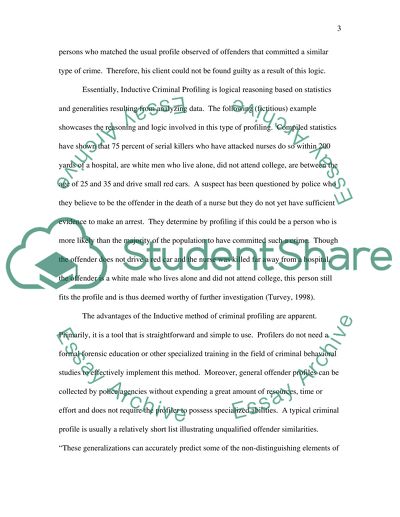Cite this document
(“Profiling Term Paper Example | Topics and Well Written Essays - 2000 words”, n.d.)
Retrieved from https://studentshare.org/environmental-studies/1418323-profiling
Retrieved from https://studentshare.org/environmental-studies/1418323-profiling
(Profiling Term Paper Example | Topics and Well Written Essays - 2000 Words)
https://studentshare.org/environmental-studies/1418323-profiling.
https://studentshare.org/environmental-studies/1418323-profiling.
“Profiling Term Paper Example | Topics and Well Written Essays - 2000 Words”, n.d. https://studentshare.org/environmental-studies/1418323-profiling.


